Science at UM [S02-ep25]: From pancreatic islet transplantation to the AETE-ISO platform
This week on Science at UM, Orianne Villars, a doctor in the endocrinology and diabetology department at Montpellier University Hospital, and Julia Sabatier, a hospital engineer, talk to us about pancreatic islet transplantation. The report takes us to the Analysis of Trace Elements in the Environment and Isotopes studio with Rémi Freydier and Olivier Bruguier. Finally, our guest for the last three minutes, Caroline Blanvilain, presents the Récits d'Horizon exhibition. The program is broadcast on Divergence FM every Wednesday at 6 p.m.
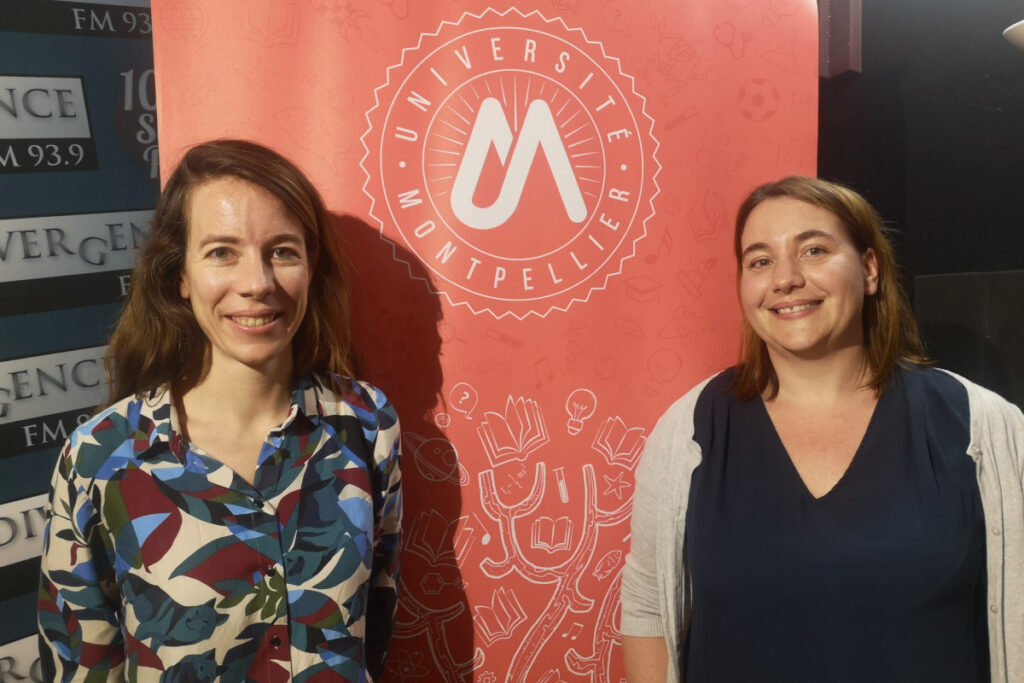
In France in 2022, 5,494 organ transplants were performed, with tissue transplants numbering more than 6,000. This recovery following the difficult years of Covid has reduced the active waiting list to just under 11,000 patients.
The history ofgraftsandtransplantsdates back tothe 19thcentury when, for the first time, a Swiss doctor, Jacques Reverdin, attempted to cover the surface of a wound with small piecesof skin. As you can imagine, this did not work very well, and it was not until 1886 that the first corneal graft was successfully performed.
These techniques improved throughout the 20th century and transplants became more common. In 1952, the first living kidney transplant was attempted on a young man named Marius Renard. The teenager died three weeks later, but this failure nevertheless enabled the medical profession to understand the role of T lymphocytes in the rejection process and to perform the first successful kidney transplant in 1954.
The 1960s saw the first liver transplants, followed in 1967 by the first heart transplant in South Africa and, a year later, in France by the renowned Professor Cabrol.
For diabetics, the first pancreatic transplants were performed in 1976. That is what we will be focusing on today, or more precisely, the transplantation of pancreatic islets known as Langerhans islets, which has only been authorized by the French National Authority for Health since July 2020. Last March, Montpellier University Hospital successfully performed not its first islet transplant, but the first isolated islet transplant at the university hospital by the Cell Therapy Unit (UTC).
Our two guests have made significant contributions to this breakthrough. Orianne Villars is a doctor in the endocrinology and diabetology department at Montpellier University Hospital, and Julia Sabatier is a hospital engineer in charge of the technical aspects and the laboratory that isolates these islets.
Read also:
Press release: Montpellier University Hospital performs its first in-house isolated pancreatic islet transplant
In the second part of the program, we take you to the Faculty of Pharmacy, where the Hydropolis building houses the technical platform for OSU OREME's AETE-ISO research, which stands for "Analysis of Trace Elements in the Environment & Isotopes." The analyses carried out on this platform, where six people work, are used for research, particularly in the fields of water, the environment, geology, materials, bio-health, ecology, agronomy, and archaeology. We follow Rémi Freydier and Olivier Bruguier as they show us around.
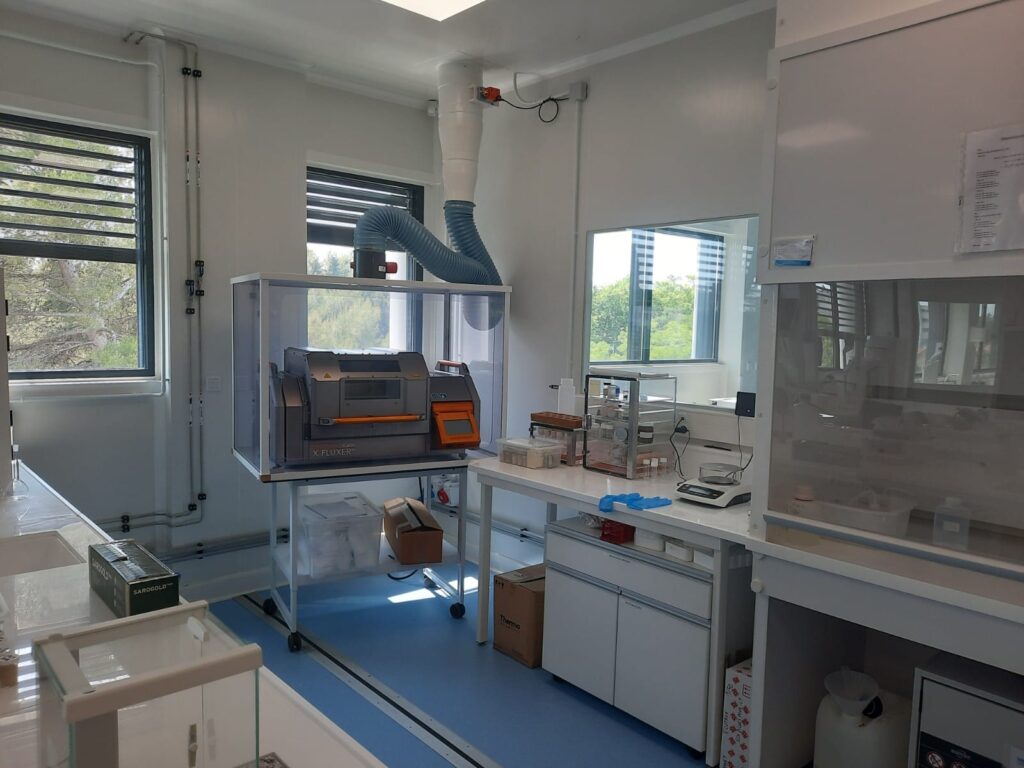
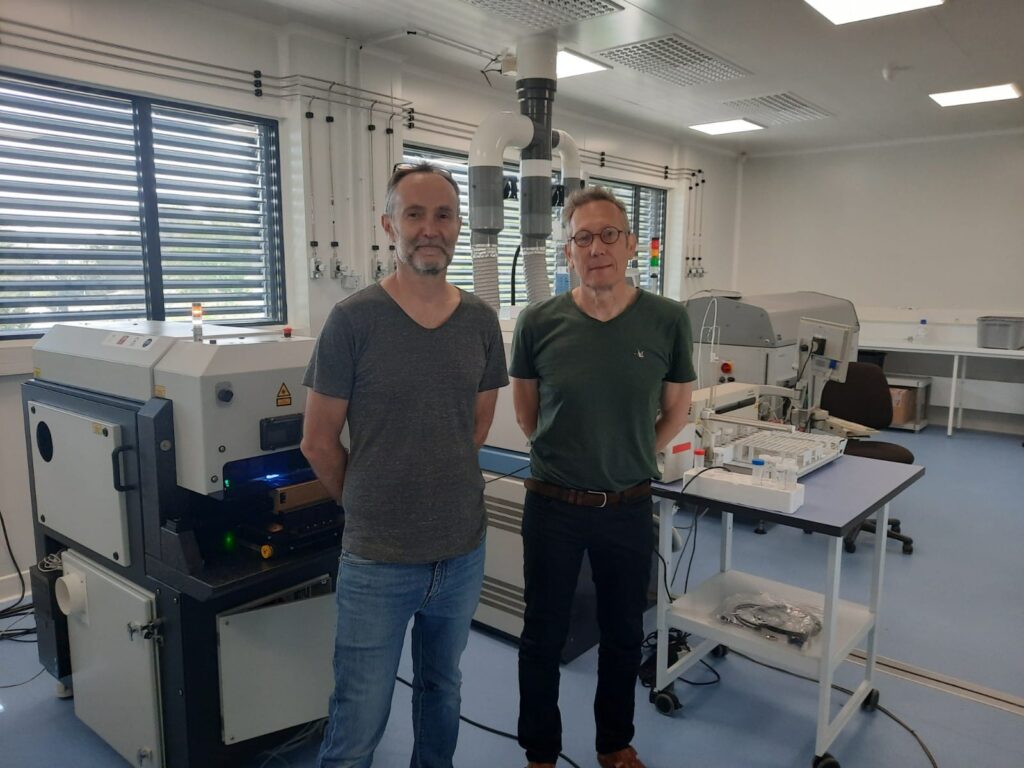
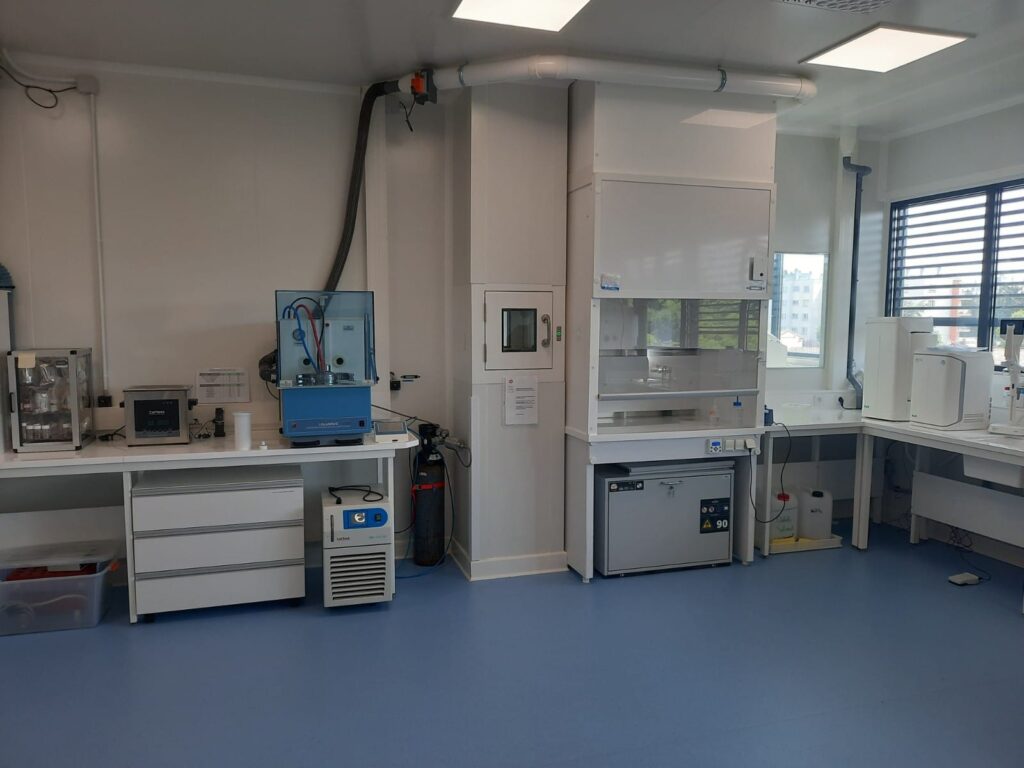
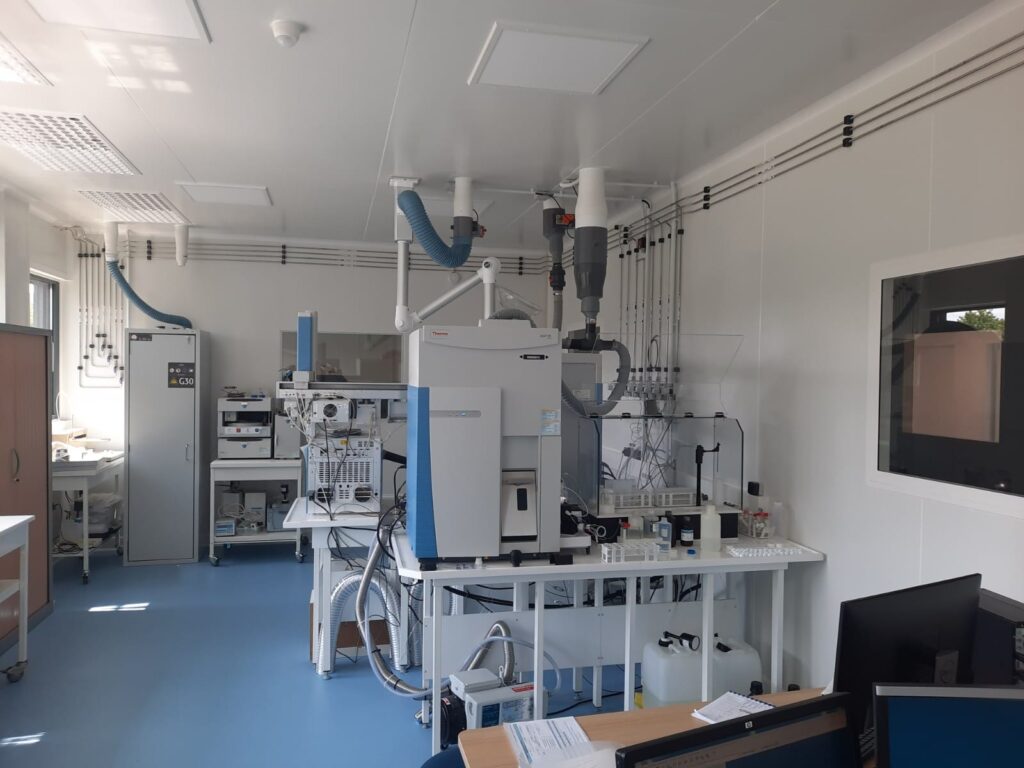
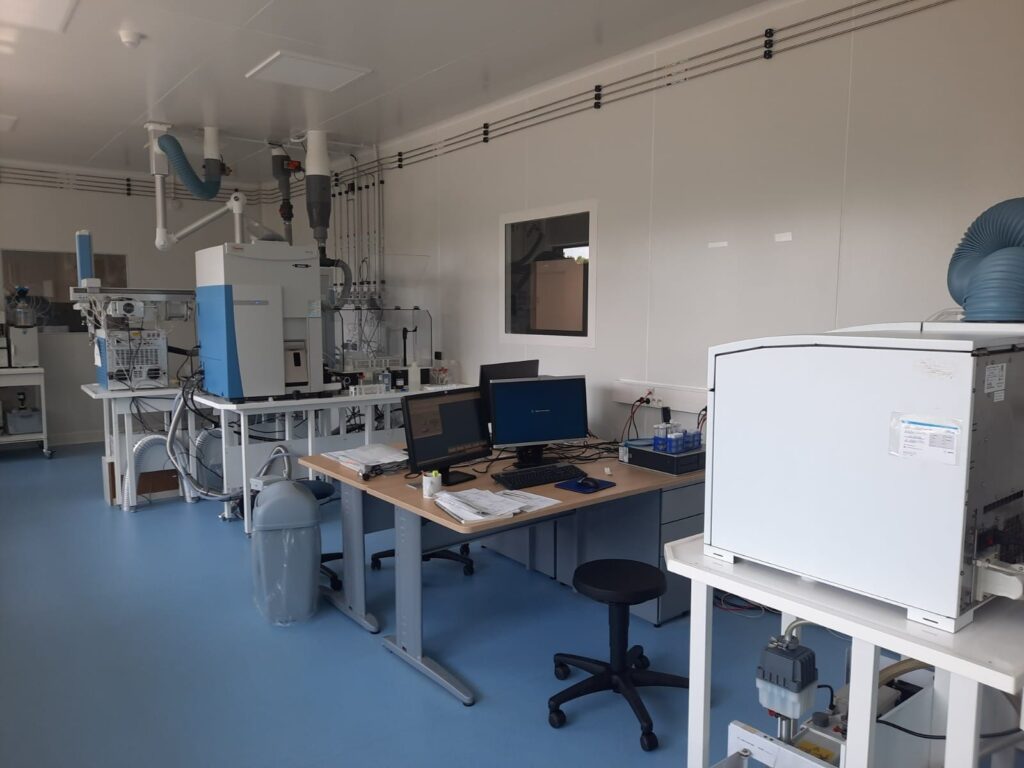
Finally, our guest for the last three minutes is Caroline Blanvilain, assistant director of the Faculty of Education, who presents the exhibition Récits d'Horizon, which is still on display until June 8.
At UM Science, you have the program, so let's get started!
Co-production: Divergence FM / University of Montpellier
Host: Lucie Lecherbonnier
Interview: Lucie Lecherbonnier / Aline Périault
Reporting: Aline Périault
Editing: Bruno Bertrand
Production: Naomi Charmetan
Listen to the program “A l’UM la science” on Divergence FM 93.9

Find UM podcasts now available on your favorite platform (Spotify, Deezer, Apple Podcasts, Amazon Music, etc.).